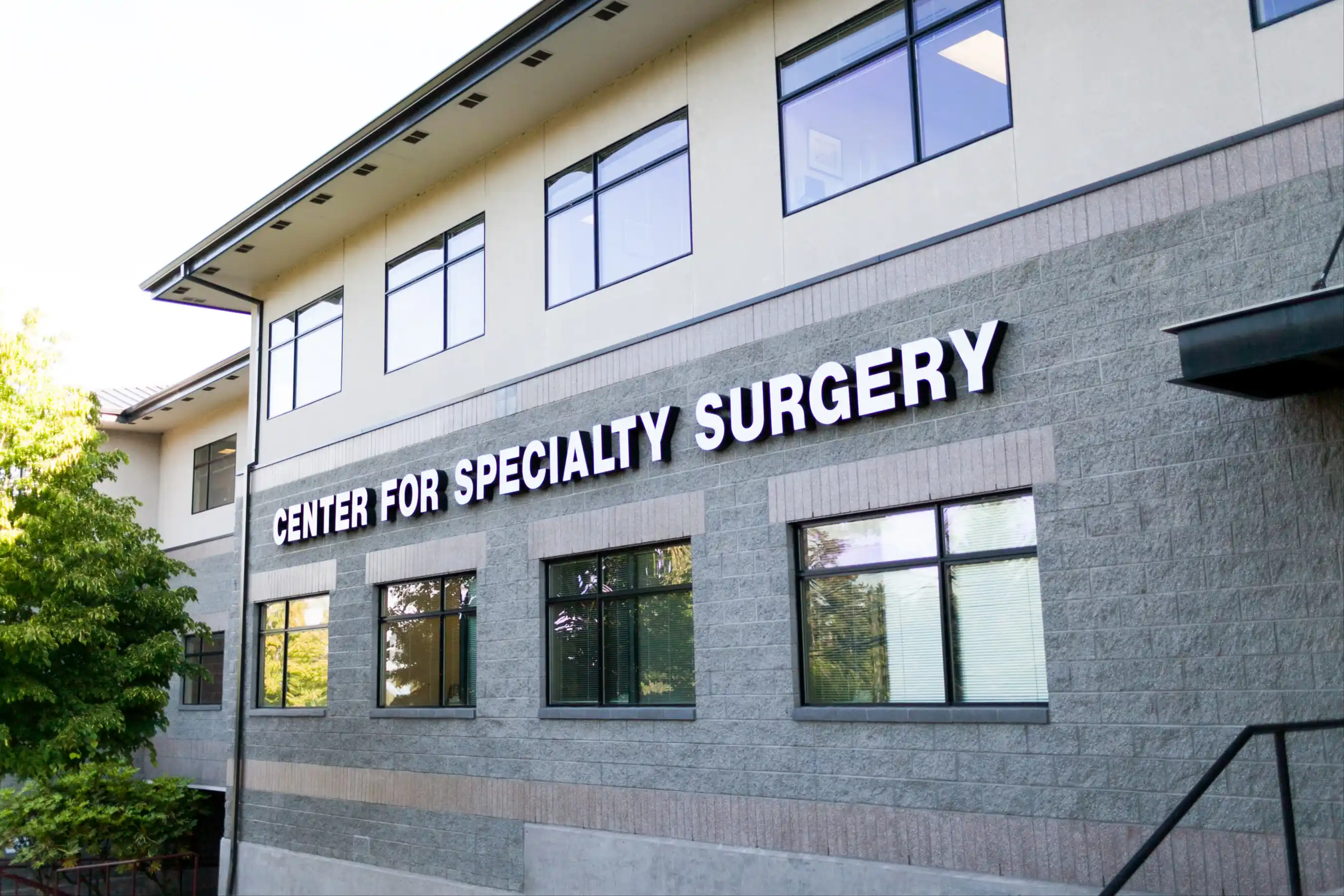If your treatment plan leads to you an outpatient-surgical path, your surgeon may schedule your procedure at our Ambulatory Surgery Center, Center for Specialty Surgery (CSS) - owned and operated by the Physician Owners of Orthopedic + Fracture Specialists in partnership with Providence. CSS’ goal is to provide you with safe surgical and recovery care in a setting this is comfortable and convenient for you.
Surgeries and procedures performed at CSS have a greater level of personal care than hospital settings with shorter wait times, lower costs, and most importantly, lower rates of infection.
At CSS you will find:

For more information about your surgery at CSS please visit the Center for Specialty Surgery website(opens in a new tab).
A little history….
In the early 2000s, the Physician Partners of Orthopedic + Fracture Specialties felt very strongly about providing a patient-centered surgical experience and began to focus on how to open an ambulatory surgery center that would allow them to perform surgeries by providing a pleasant patient experience. The physicians also envisioned a setting that required less bureaucratic tasks and overall efficiency where changes could be made and implemented to enable the improved processes in a timelier fashion. The Physician Partners and our surgical teams shared the same goal of strengthening the patient-physician relationships, which started with a top-notch patient experience when CSS opened its doors on 11.18.2003. In 2009, Providence Health and Services became a joint venture partner, allowing the door to open wider to treat even more patients at the surgery center.
Visit the Center for Specialty Surgery website(opens in a new tab) to learn more!